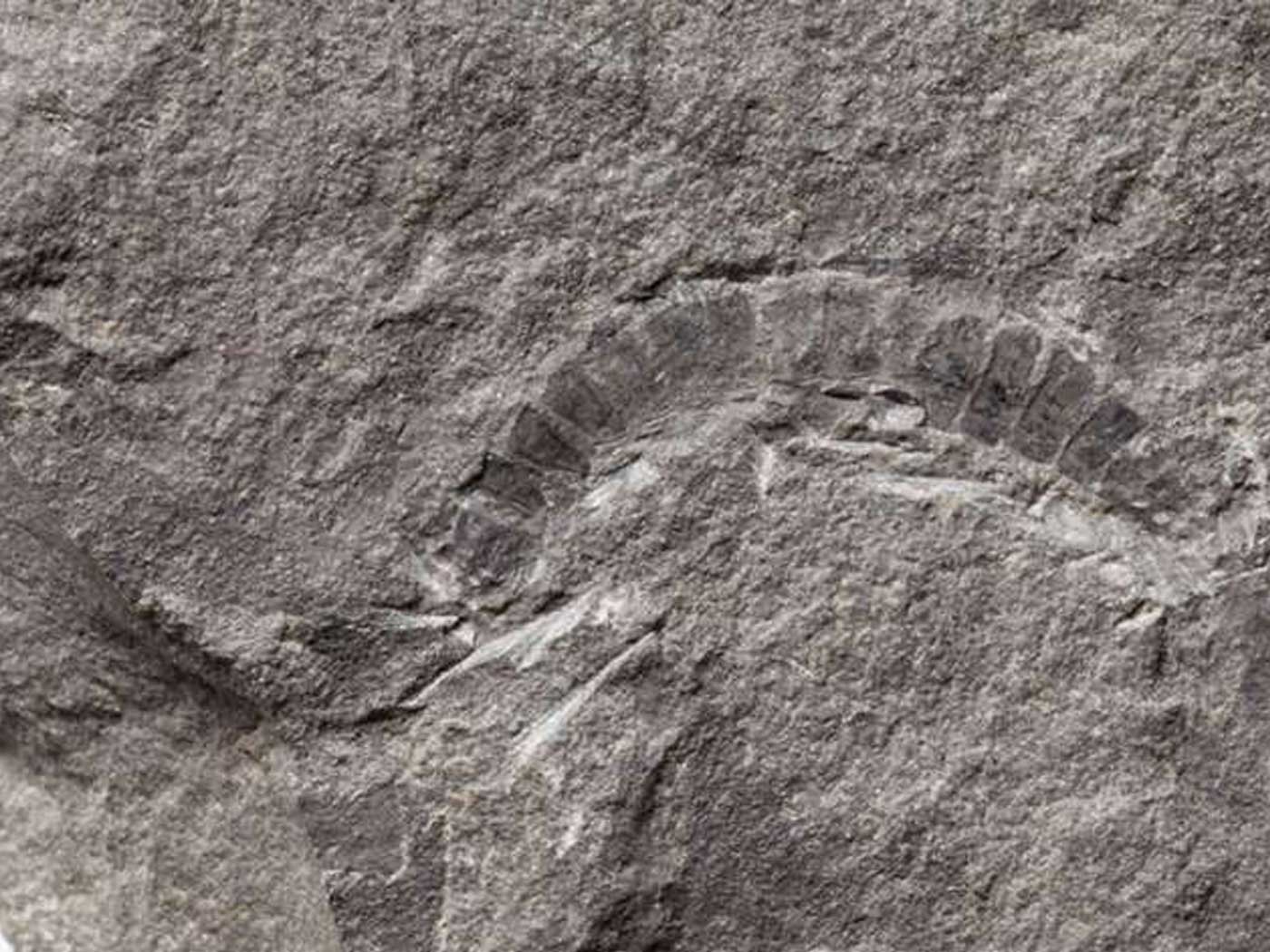The standard evolutionary theory is that humans evolved from a chimp-like ancestor about 3 to 6 million years then migrated out of Africa about 100,000 to 200,000 years ago. However, anomalous fossils and genetic data often contradict this story, leading to a variety of conflicting ideas.1 Now, a new human fossil discovery in Israel allegedly 1.5 million years old contradicts the tired and faulty evolutionary story yet again.2,3
This recent finding is a vertebra bone, originally unearthed from an archeological dig site known as ‘Ubeidiya in the Jordan Valley about 2 miles south of the Sea of Galilee in Israel. The site includes not only human artifacts but also a rich collection of animal bones belonging to extinct creatures such as saber-toothed cats and mammoths. Based on evolutionary deep-time age assignments at the dig site, it is claimed that the fossil is about 1.5 million years old.
The bones were originally unearthed in 1966, but the human vertebra went unnoticed until 2018 when the fossil collection was reanalyzed. After finding the vertebra, the researchers compared it to a host of animals that once lived in the region including bears, hyenas, hippos, rhinos, horses, gorillas, and chimps. Then they realized and confirmed that it was human.
Based on the vertebra size, shape, and growth characteristics, it was determined to belong to a 6 to 12-year-old human of fairly large size. The researchers estimated that the child would have been a little over 5 feet tall and weighed about 100 to 110 pounds. If the child had grown to maturity, they concluded that the individual would have been over 6 feet tall.
This modern-looking human vertebra clearly contradicts the evolutionary claim that humans did not migrate out of Africa until about 100,000 to 200,000 years ago. The out-of-Africa interpretation of human history has been contradicted by the discovery of other human remains in places even more distant from Africa—most notably the alleged 1.8 to 1.9 million-year-old remains of Homo erectus (a human variant) on a remote Southeastern Asian island and in Eastern Europe.4 While evolutionists like to claim that Homo erectus was a primitive human, their alleged archaic traits are well within the range of modern humans living today.5 In addition, both DNA sequence data and phenome (language data) also contradict a single line of descent from Africa.1,6 Given the fact that the out-of-Africa scenario does not work, even by evolutionary standards, a biblical perspective provides a much better interpretation of the data.
From a biblical and creation science perspective, it is believed that this vertebra specimen represents a post-Flood human living shortly after the dispersal from the tower of Babel about 4,000 years ago. This is because the specimen was found in Ice-Age era strata (Pleistocene) along with hand axes made from volcanic rock. Volcanic rocks are largely attributed to the tectonic activity of the Flood and the Ice Age and were likely not a source of material for tool construction in the pre-Flood world.
References
1. Tomkins, J. P. 2020. Out Of Babel-Not Africa: Genetic Evidence For A Biblical Model Of Human Origins. Journal of Creation. 34 (1): 79-85.
2. Barash, A., et al. 2022. The earliest Pleistocene record of a large-bodied hominin from the Levant supports two out-of-Africa dispersal events. Scientific Reports. 12: 1721. doi.org/10.1038/s41598-022-05712-y.
3. Choi, C. Q. 2022. 1.5 million-year-old fossil rewrites 'Out of Africa' theory. LiveScience. Posted on livescience.com February 10, 2022, accessed February 14, 2022.
4. Tomkins, J. P. 2019. Homo erectus: The Ape Man That Wasn't. Acts & Facts. 48 (10).
5. Tomkins, J. P. 2019. Recent Humans with Archaic Features Upend Evolution. Acts & Facts. 48 (4).
6. Tomkins, J. P. 2015. Out of Babel—Not Africa. Creation Science Update. Posted on ICR.org February 16, 2015, accessed February 15, 2022.
Stage Image: Jordan River Valley
* Dr. Tomkins is Director of Research at the Institute for Creation Research and earned his Ph.D. in genetics from Clemson University.

Out-of-Africa Theory Contradicted by Israeli Fossil
The Latest
Was a Key to Photosynthesis Evolution Discovered?
Northern Canadian lakes were the source of recently discovered unique photosynthetic bacteria of the phylum Chloroflexota. After years of culturing,...
CREATION PODCAST
Four Moons That Indicate a Young Universe | The Creation Podcast:...
Earth has one moon, but Jupiter has many! What can we learn from our celestial neighbor's satellites? Do they indicate youth?
Host...
Creation Kids: Seeds and Sprouts
by Renée Dusseau and Susan Windsor*
You're never too young to be a creation scientist and explore our Creator's world. Kids, discover...
APOLOGETICS
Christ’s Creativity in Canyon Critters
Grand Canyon animals display many marvelous traits and behaviors as they live life in that harsh habitat. These canyon creatures succeed thanks to the...
Standing Against False Science
I’m Michael Stamp, and I’m in my 12th year as an editor at the Institute for Creation Research. It’s always an encouragement to see...
Oysters and Pre-Flood Longevity
The oyster species Crassostrea virginica, also known as the eastern oyster, is a prized seafood. Research has demonstrated that a fossil version of...
Galápagos Finches: A Case Study in Evolution or Adaptive Engineering?
A group of birds known as Darwin’s finches live in the Galápagos Islands, which are located in the Pacific Ocean 600 miles west of Ecuador....
Hot Springs National Park: Hydrothermal Springs Formed By The...
Hot Springs National Park is located about an hour southwest of Little Rock in the folded Ouachita Mountains of central Arkansas. It is the second smallest...
Why Biology Needs A Theory of Biological Design—Part 2
“Based on a true story” is included by movie producers to add authenticity, importance, and a flair of anticipation. So, my account of how...
Marine Fossil Tapeworm Is Still a Tapeworm
The Flood was both sudden and rapid. The burial of creatures—including delicate plants and soft-bodied animals like jellyfish1—occasionally...























